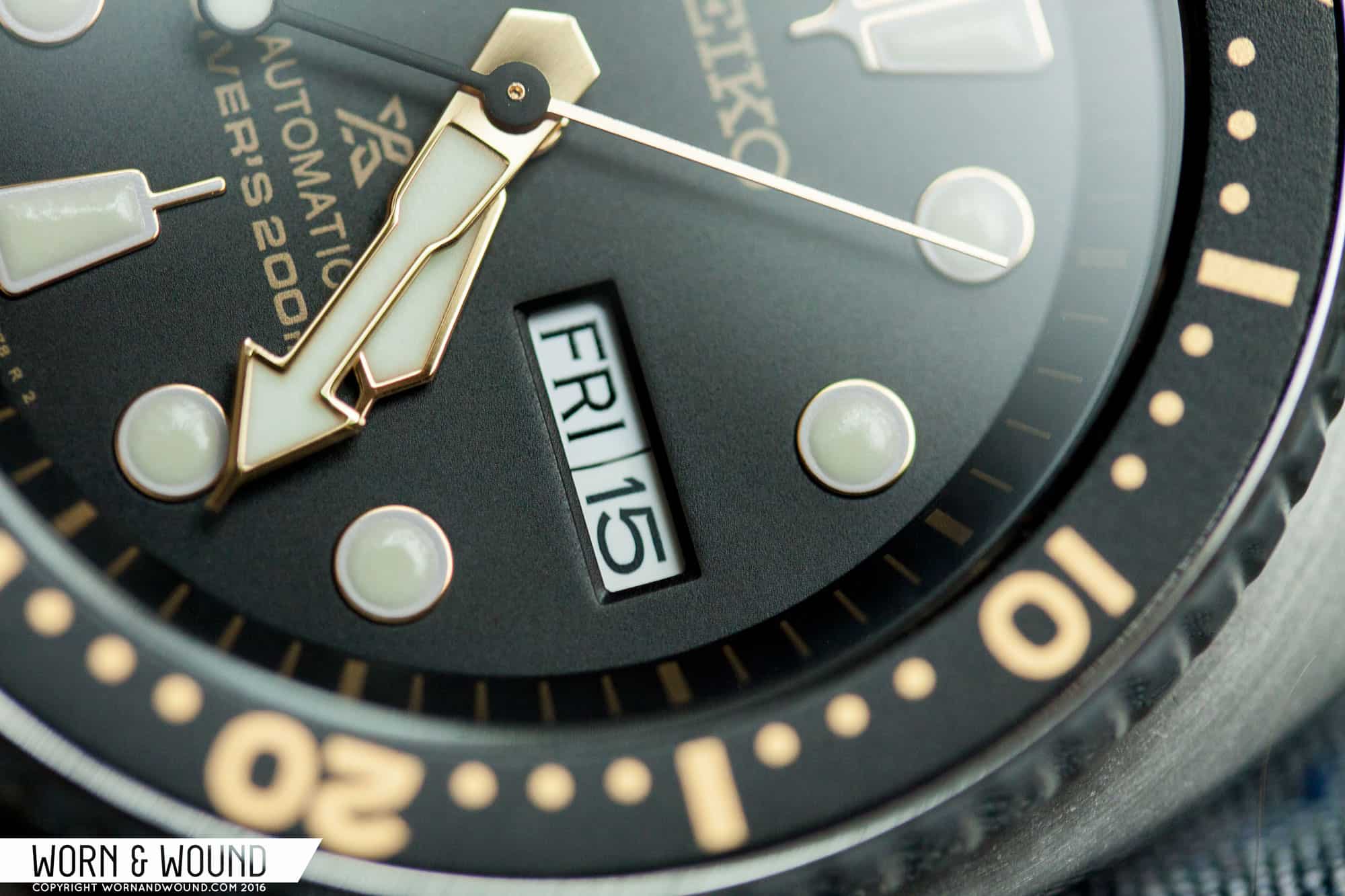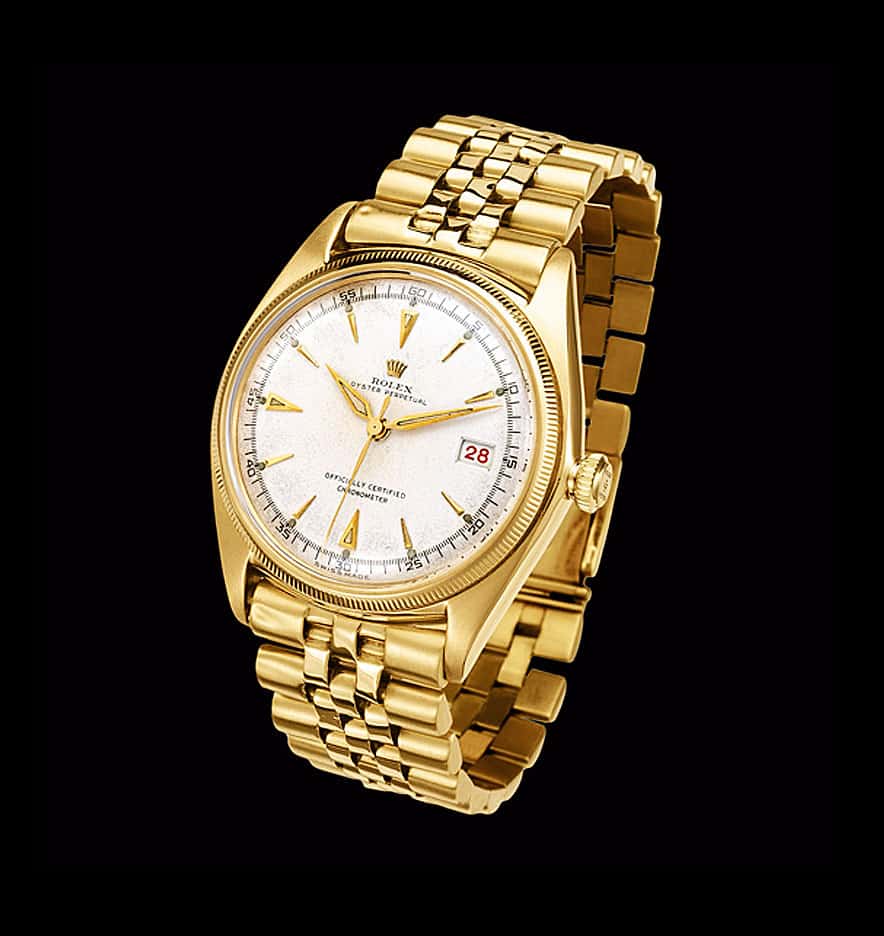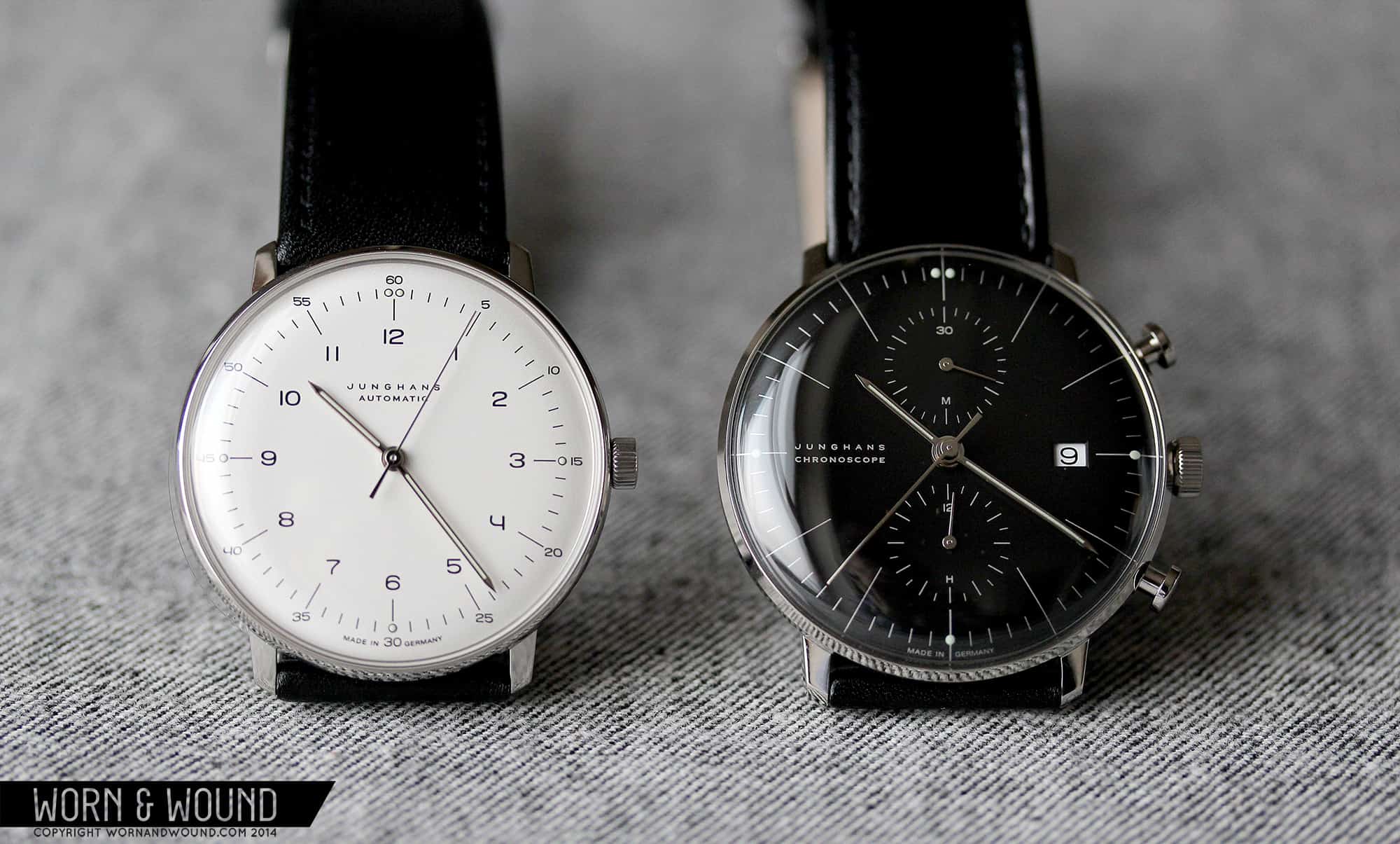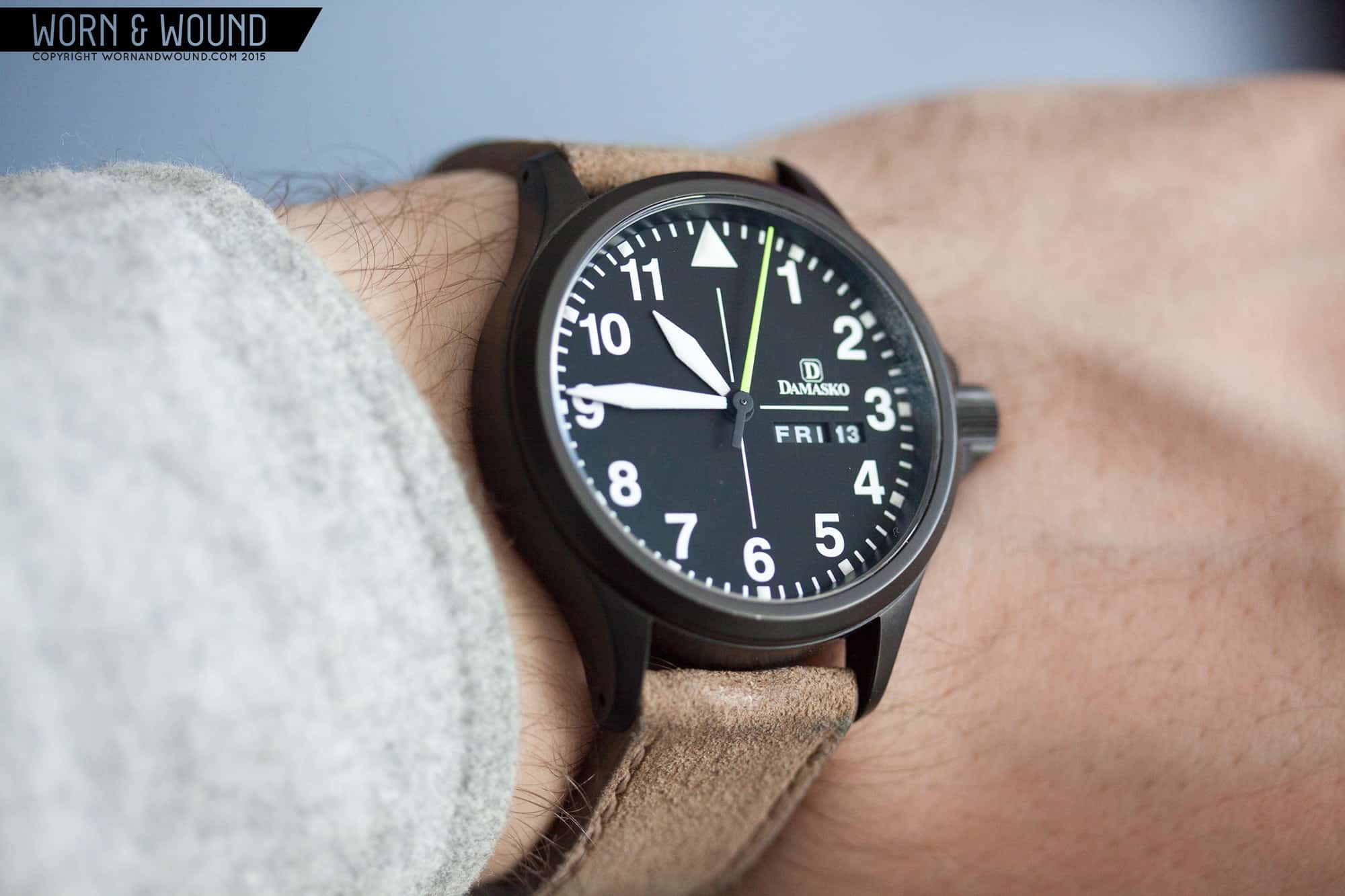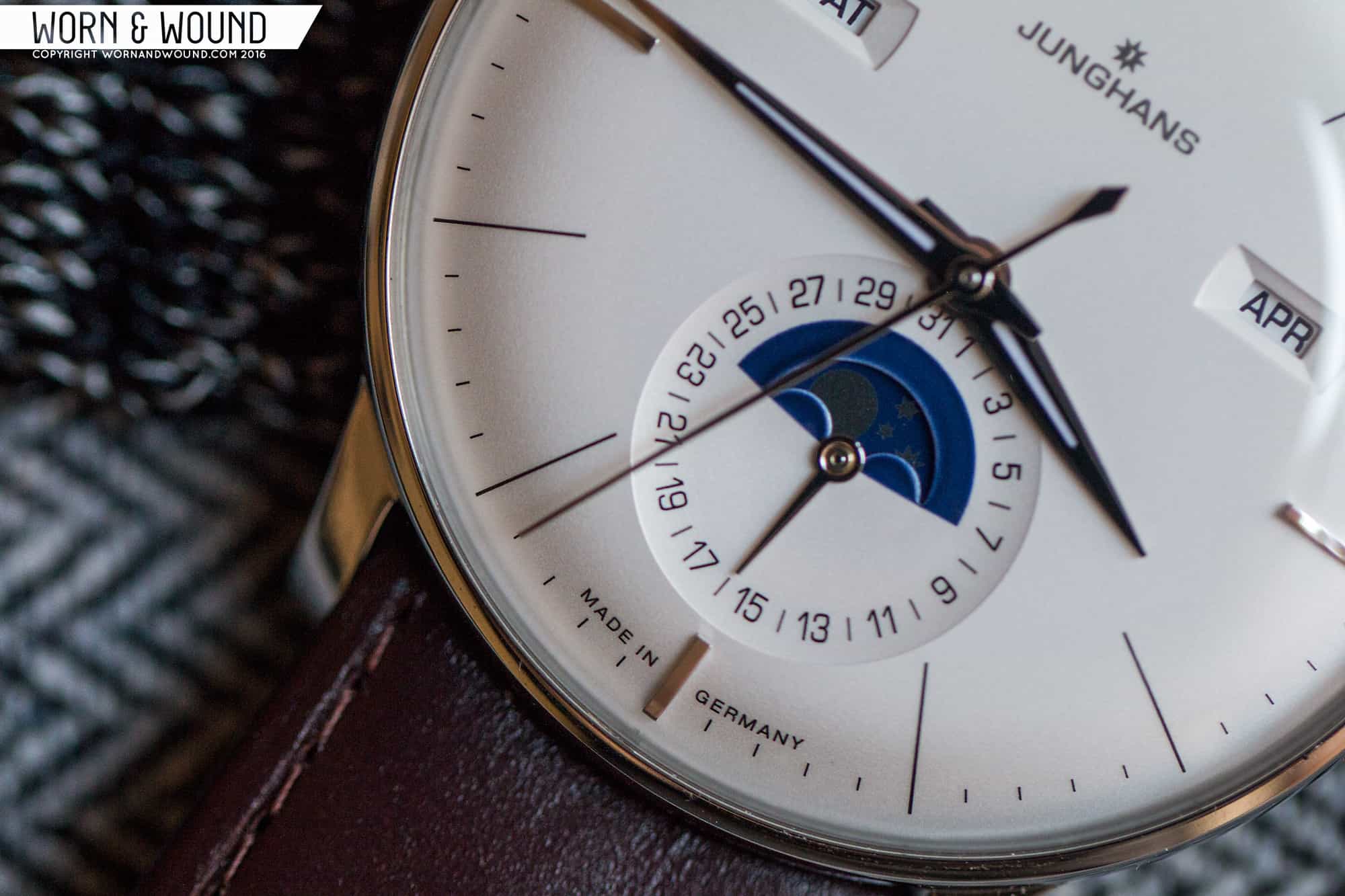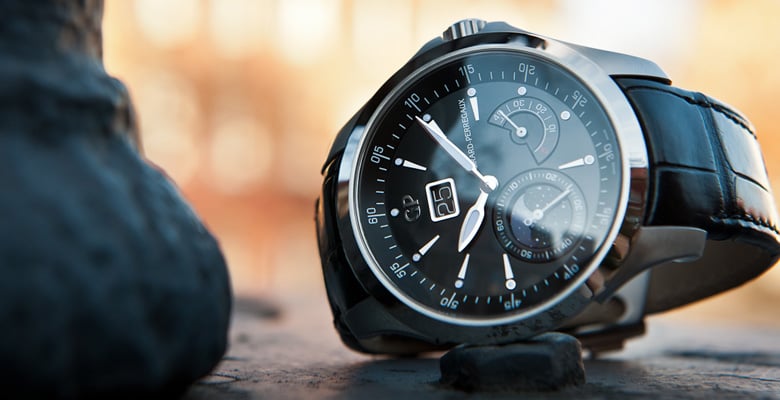The humble date is one of the most ubiquitous complications in all of horology, so much so that it is almost taken for granted. Movements without a date complication are comparatively rare, such that even “no date” watches will often still have the crown position for date setting and have a date wheel hidden beneath the dial. In this installment of Complications, we look at when dates first appeared, why they have taken over to such an extent, and a few of the more common variations out there.
Calendar complications had existed in pocket watches since the late 19th century, but the first patents for a calendar wristwatch were submitted in 1915 by watchmaker A. Hammerly from the La Chaux-de-Fonds region of Switzerland. He had devised two complications: one that we would recognize today as a “pointer date’” and a second variant which featured the weekday in a window below 12 o’clock. By the end of the decade this movement was found in wristwatches from H. Moser and Waltham, among others.
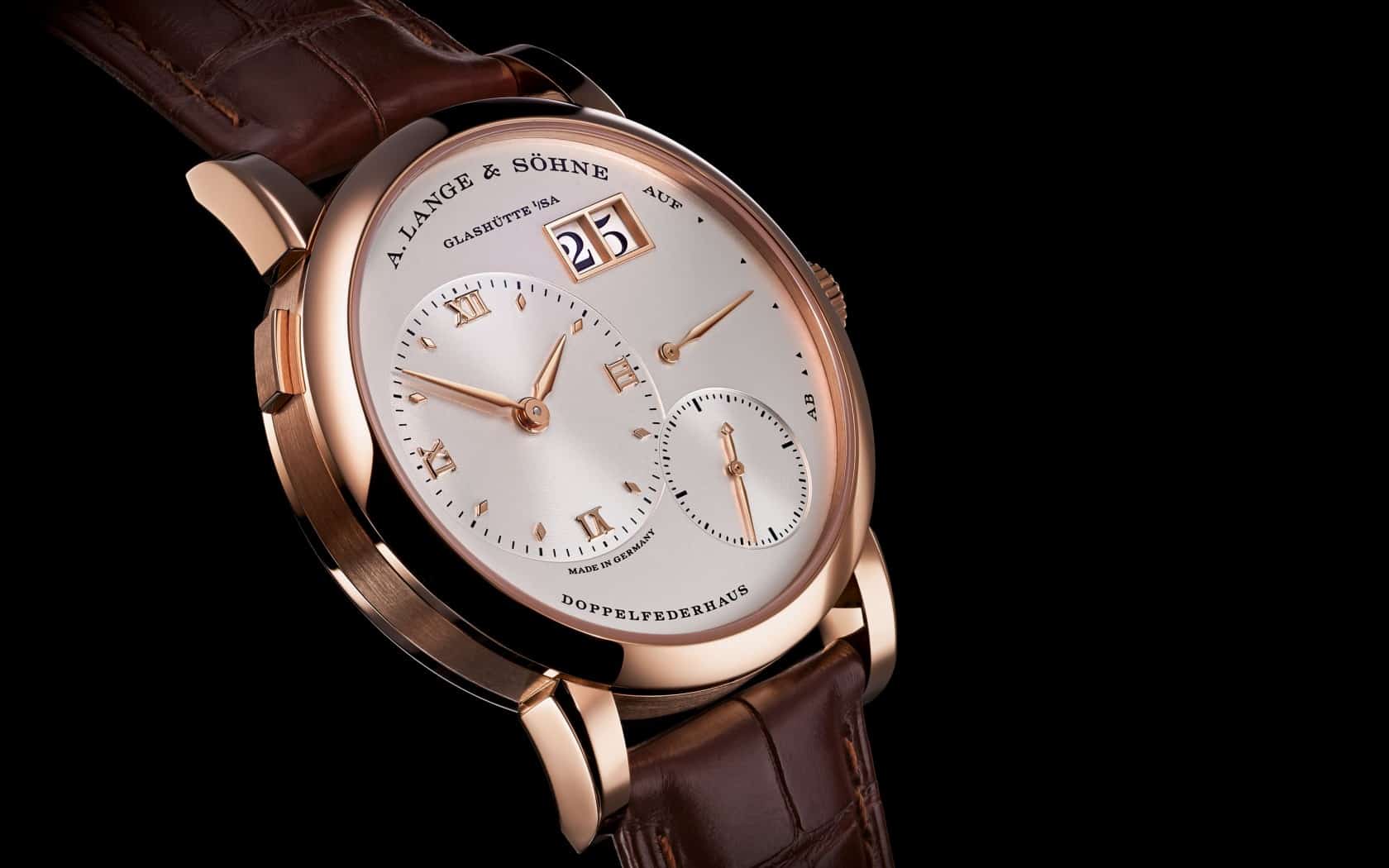
Around the same time, Movado began work producing a wristwatch with digital date display—closer to a modern date window display. However, due to the smaller size of watches at that time, the date display may have been difficult to read in many cases. Paul Ditisheim, who made great advancements in early chronometers, later displayed the date across two discs in watches presented under the Solvil name—something that would later become known as the “grande date” or “big date” complication.









 Featured Videos
Featured Videos




